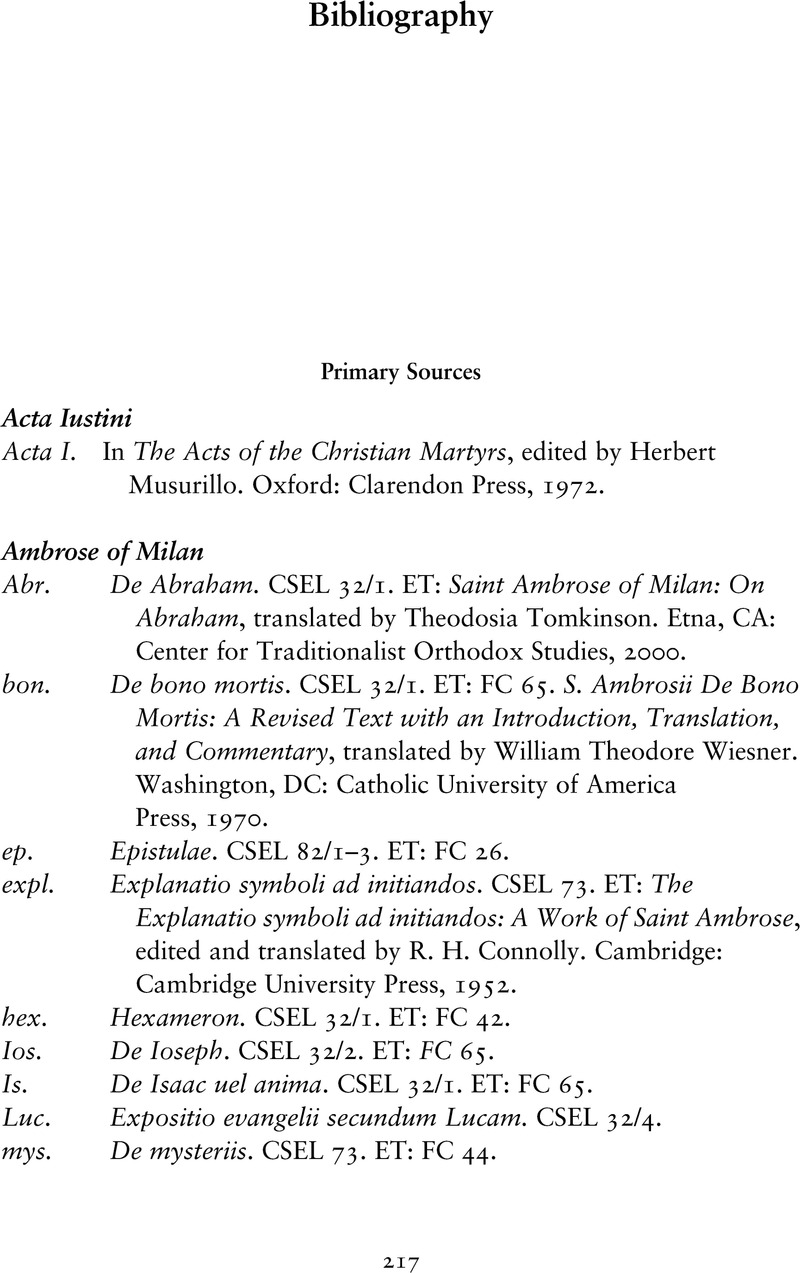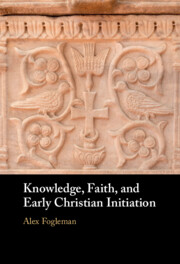Book contents
- Knowledge, Faith, and Early Christian Initiation
- Knowledge, Faith, and Early Christian Initiation
- Copyright page
- Dedication
- Contents
- Preface and Acknowledgments
- Abbreviations
- Introduction
- 1 Knowledge, Pedagogy, and Initiation
- 2 Knowledge of the Real
- 3 Simplicity and Power
- 4 Hiddenness and Revelation
- 5 The Harbor on High
- 6 Training the Senses
- 7 Catechesis in Late Antique Italy
- 8 The Memory of Christ
- 9 North African Catechesis after Augustine
- Conclusion
- Bibliography
- Index
- References
Bibliography
Published online by Cambridge University Press: 11 October 2023
- Knowledge, Faith, and Early Christian Initiation
- Knowledge, Faith, and Early Christian Initiation
- Copyright page
- Dedication
- Contents
- Preface and Acknowledgments
- Abbreviations
- Introduction
- 1 Knowledge, Pedagogy, and Initiation
- 2 Knowledge of the Real
- 3 Simplicity and Power
- 4 Hiddenness and Revelation
- 5 The Harbor on High
- 6 Training the Senses
- 7 Catechesis in Late Antique Italy
- 8 The Memory of Christ
- 9 North African Catechesis after Augustine
- Conclusion
- Bibliography
- Index
- References
Summary

- Type
- Chapter
- Information
- Knowledge, Faith, and Early Christian Initiation , pp. 217 - 252Publisher: Cambridge University PressPrint publication year: 2023



